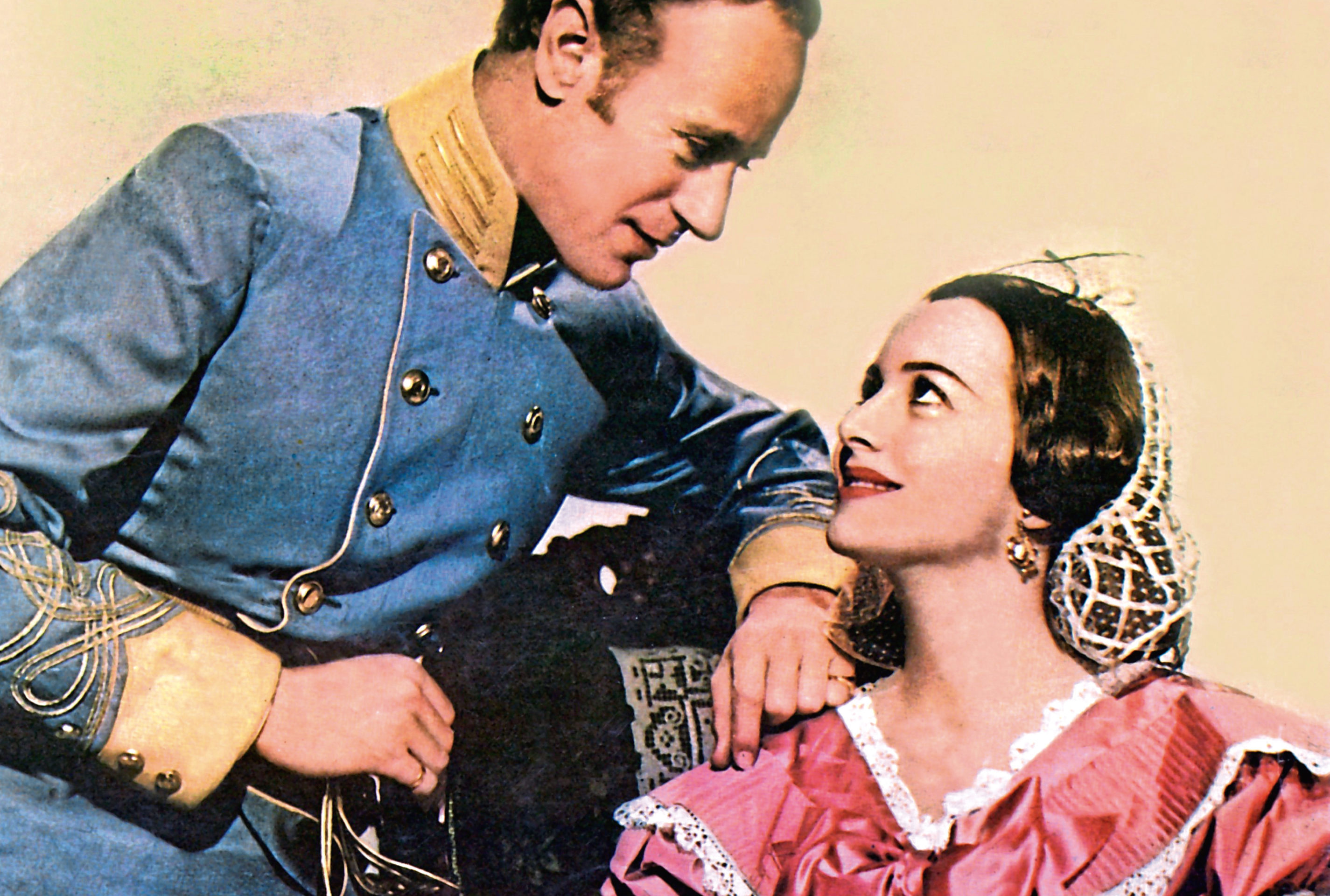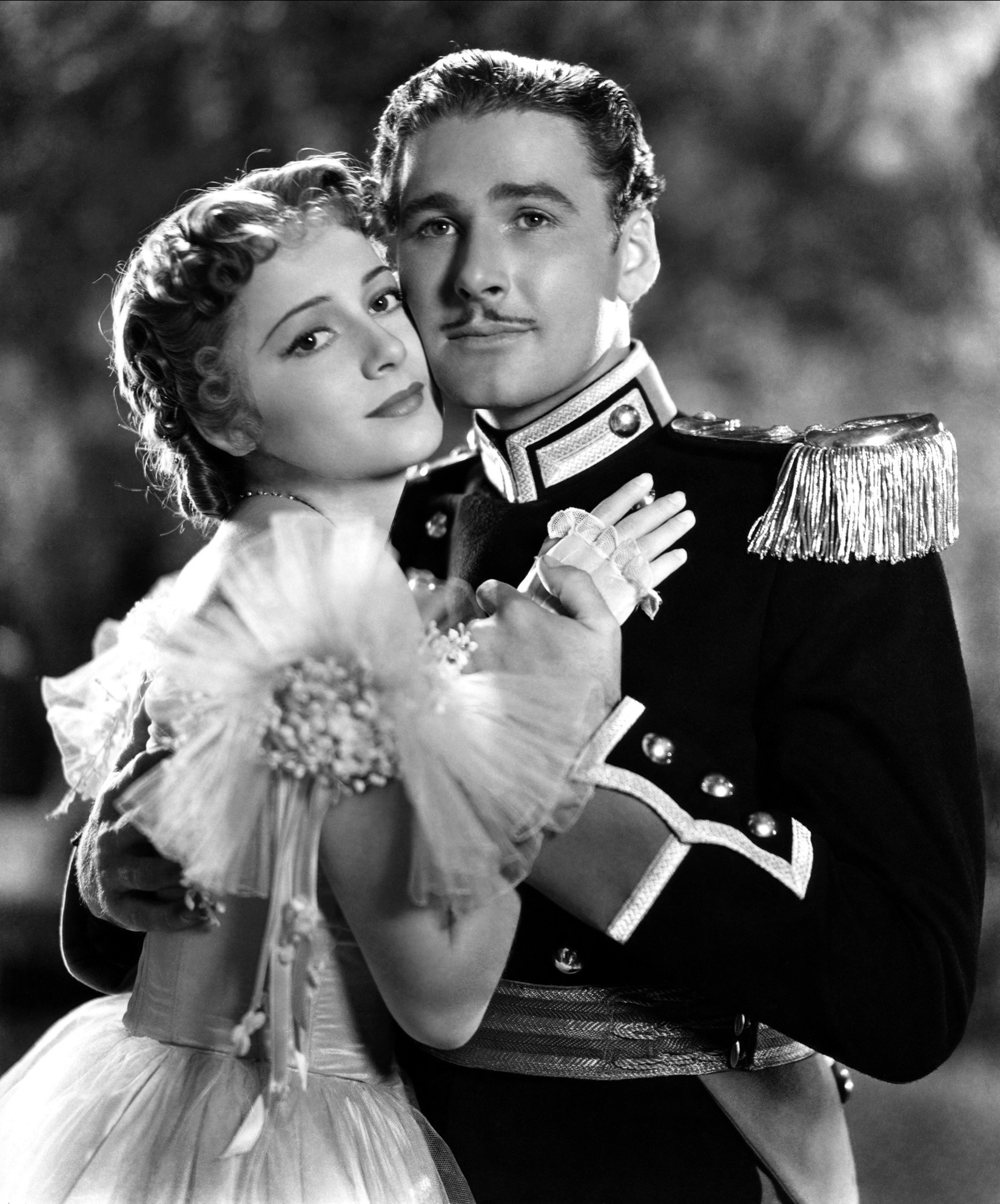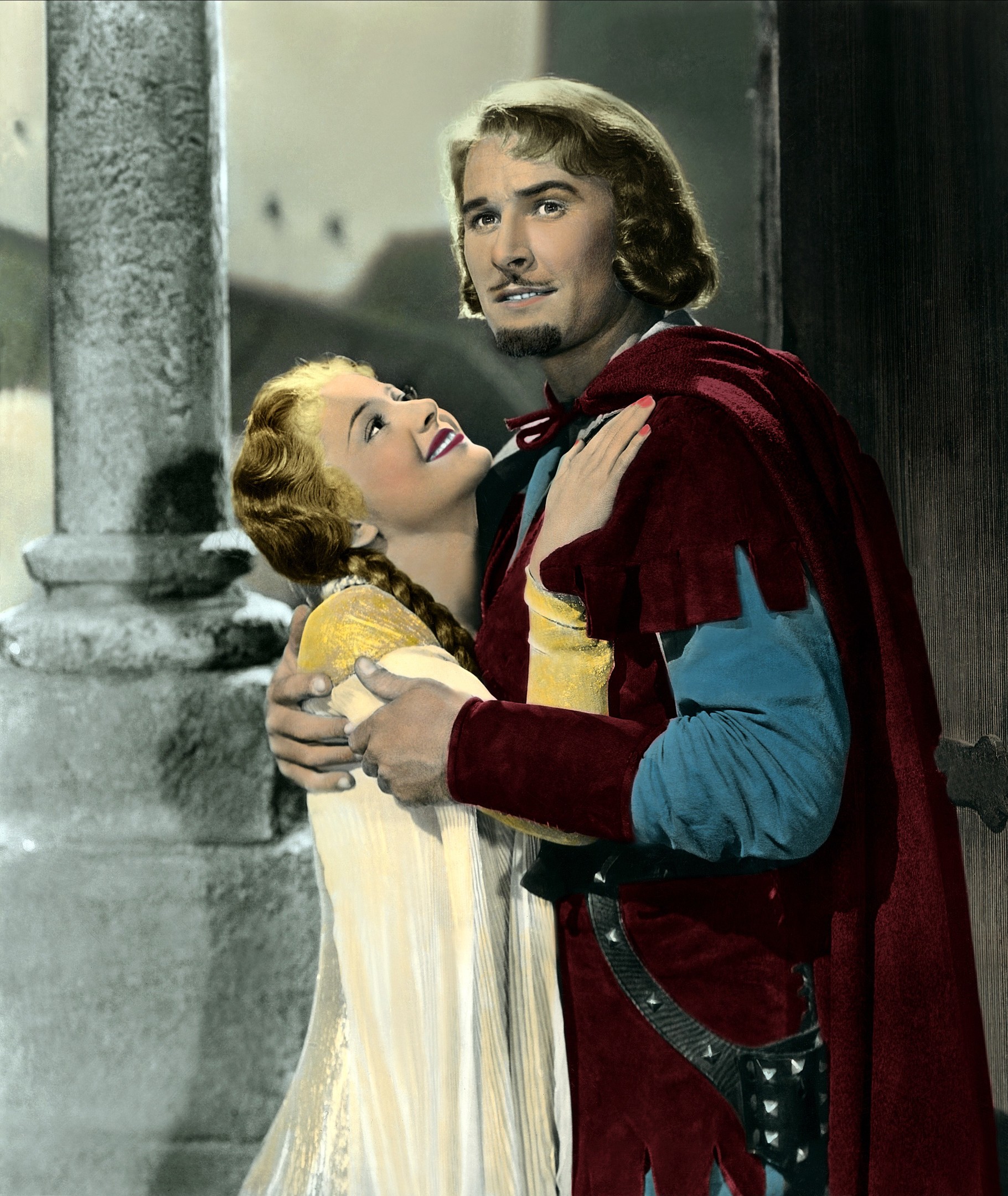
NOT many film stars can boast their career lasted half a century but only took up half their life.
At 102, and having ruled Hollywood for 53 years, it’s one of many monumental claims Olivia de Havilland can confidently make.
An actress between the mid-1930s and late 1980s, de Havilland’s life always looked certain to be a bit special.
She was born in the summer of 1916 in Tokyo, Japan. Her father from Lewisham was an English professor, and her mother from Reading was a famed stage actress.
Olivia would have an acting sister just as famous, Joan Fontaine, and it has been claimed that they didn’t speak for over 30 years because they were so competitive.
Neither need have worried… they were both giants of the big screen, and both highly intelligent, attractive and idolised.
An early trip to California saw them stay there. They prolonged their vacation for the girls to get over illnesses and their father decided to split from their mother.
He would go back to Japan and eventually marry the housekeeper, and mother Lillian would marry a handsome department store manager in the States.
The young Olivia was brought up with an appreciation for the arts, having ballet lessons aged four and piano at five. She could read before she was six and regularly recited Shakespeare to knock her diction and elocution into shape.
Deeply proud of her grammar, punctuation and spelling, she would nevertheless turn into a rebel – as would her sister – when their stepfather proved rather strict.
Just as she was about to begin her dream job of teaching English, she was also offered a role in a Shakespeare play, and her future was decided.
Olivia proved herself excellent from the very start, and she was still in her teens when she made one of her first film appearances, in the 1935 cinema version of A Midsummer Night’s Dream.
That same year, she made one of her greatest films, Captain Blood. Her first costumed historical romance, it suited her to a tee, with her natural elegance.
As the world would soon discover, she also had a stunning chemistry with Errol Flynn, something that would serve them both well through their fantastic series of films together.
The movie itself was nominated for four Academy Awards, and Olivia and Flynn would do a further seven flicks together.
As Maid Marian to his Robin Hood in 1938’s The Adventures Of Robin Hood, she proved that the high standard she’d set early on was going to keep rising.
Indeed, throughout the entire so-called Classical Hollywood era, which spanned from the 1910s to the 1960s, the critics reckon Robin Hood remains one of the finest popular adventure movies of them all.
Next time you see it, just try to imagine it with anyone else taking the Marian role. It really wouldn’t be the same without Olivia de Havilland.
She’d give us five movies the following year, but one stood out and perhaps even overshadowed Robin Hood.
Gone With The Wind, which the posters will tell you starred Clark Gable and Vivien Leigh, is actually as much about the chemistry between Olivia and Leslie Howard.
It has broken just about every cinematic record you could think of, and many a superstar would have given the rest of their careers just to have been part of it.
Olivia played Melanie Hamilton, Scarlett O’Hara’s sister-in-law and later her best friend.
It’s a little-known fact that, in a film where there were big names aplenty, the order of the cast was broken down into their characters’ social class in the film. If it was down to who stole most scenes and made it such an all-time classic, Olivia de Havilland would have as good a shout as Leigh or Gable, that’s for sure.
The Snake Pit, from 1948, was another world away from the likes of The Charge Of The Light Brigade and They Died With Their Boots On, the type of film Olivia often made.
In it, she played Virginia Cunningham, a schizophrenic woman in an insane asylum, incapable of even recognising her husband.
In decades to come, such movies would be seen as hard-hitting, brutal and dealing with a taboo subject. Well, Olivia de Havilland was doing them, and doing them brilliantly, before anyone else.
She was on a roll at the end of that decade, following this one with The Heiress.
Alongside Montgomery Clift and Ralph Richardson, she plays a young woman who is worth a fortune but naïve, and her father suspects the good-looking man who pursues her as being only after her money.
Once more, it demonstrated that she could really get inside a character, especially a troubled one with a pile of problems to deal with.
For someone from so privileged a background, this was quite a feat.
Hush… Hush, Sweet Charlotte, a tense psychological thriller from 1964, saw Olivia, Bette Davis and Joseph Cotton conjure up a taut, sinister, Hitchcock-like film, which also proved to be the last movie made by Mary Astor.
Two years previously, nobody had expected to get much success with Whatever Happened To Baby Jane? It had starred Davis and Joan Crawford, of course.
That pair, however, had a falling out and they spent several days persuading Olivia to do it instead. With, as usual, a great movie being the end result.
Olivia has lived in Paris since 1956, out of the limelight most of the time, and has reached an incredible age.
It must be nice to know the world still loves her many fine movies, more than a century after she came into the world.


Enjoy the convenience of having The Sunday Post delivered as a digital ePaper straight to your smartphone, tablet or computer.
Subscribe for only £5.49 a month and enjoy all the benefits of the printed paper as a digital replica.
Subscribe
